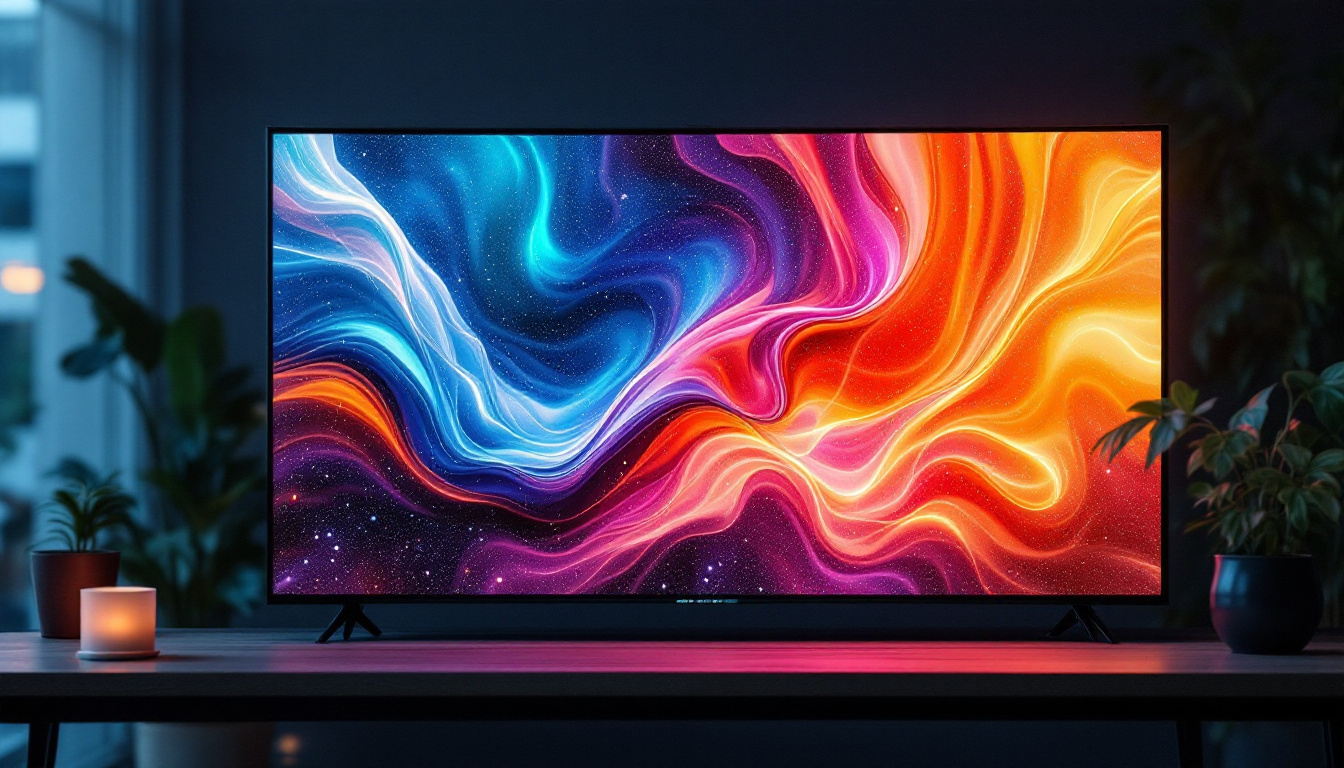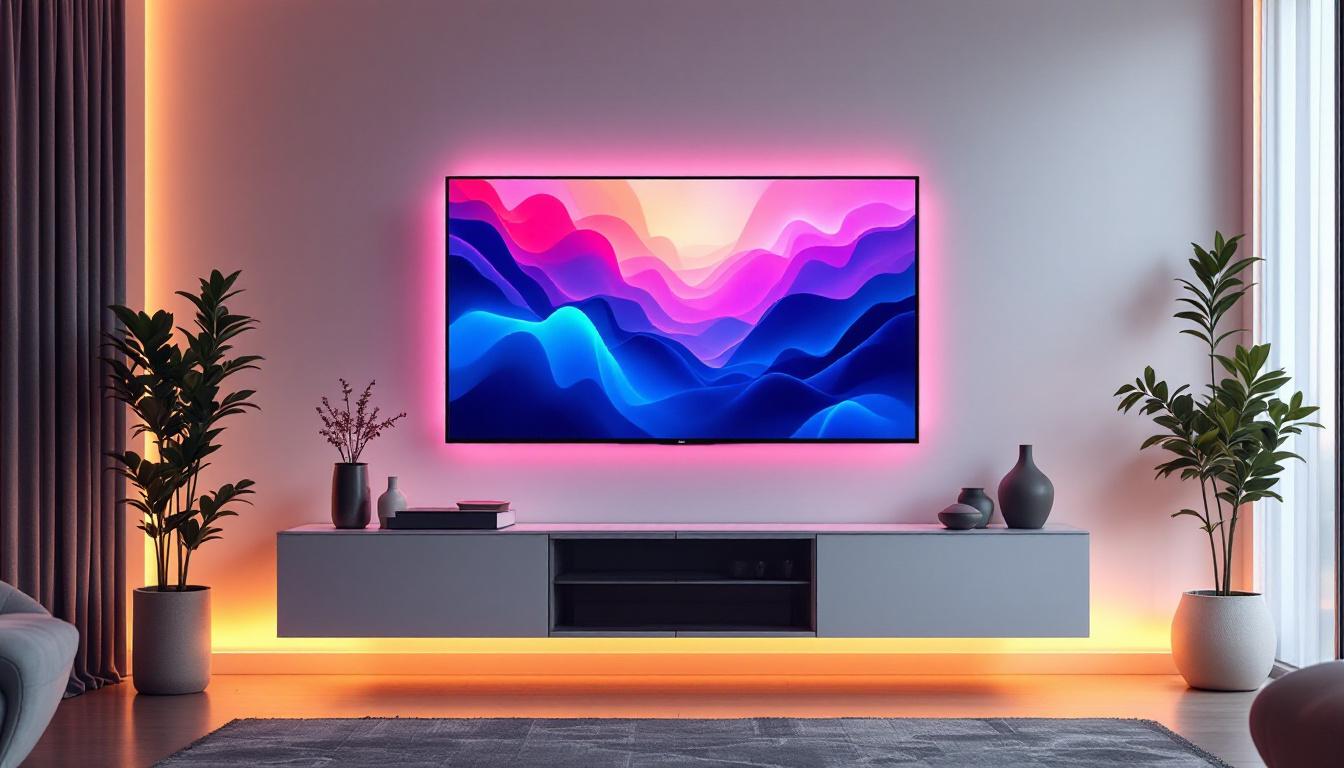In the world of display technology, two terms often come up in discussions: LED and LCD. While they are frequently mentioned together, they refer to different technologies that serve unique purposes. Understanding the distinctions between LED and LCD displays is crucial for consumers looking to make informed decisions about their electronic devices. This article delves into the intricacies of both technologies, exploring their features, advantages, and applications to provide a comprehensive overview.
Understanding LCD Technology
LCD, or Liquid Crystal Display, is a technology that has been around for several decades. It utilizes liquid crystals that modulate light to produce images. The fundamental principle behind LCD technology is the manipulation of light using liquid crystals, which can change their orientation when an electric current is applied.
How LCD Works
LCD screens consist of several layers, including a backlight, polarizers, and the liquid crystal layer itself. The backlight, usually fluorescent or LED, provides the necessary illumination. The liquid crystals are sandwiched between two polarizing filters, and when an electric current passes through, the crystals align in a way that either allows light to pass through or blocks it, creating images.
Because of this structure, LCDs require a backlight to produce visible images. This is a key difference from technologies like OLED, which can emit light on their own. The reliance on a backlight means that LCD displays can sometimes struggle with deep blacks and contrast ratios compared to other technologies. However, advancements in backlight technology, such as the introduction of local dimming and edge-lit LED systems, have significantly improved the overall picture quality and contrast ratios of modern LCD screens, making them more competitive with their OLED counterparts.
Advantages of LCD Displays
One of the primary advantages of LCD displays is their energy efficiency. They consume less power than older CRT monitors and can provide bright, clear images, making them suitable for various applications, from televisions to computer monitors. Additionally, LCDs tend to be thinner and lighter than their CRT counterparts, allowing for sleek designs in modern devices.
Furthermore, LCD technology is relatively cost-effective, which has contributed to its widespread adoption in consumer electronics. With advancements in manufacturing techniques, high-quality LCDs are available at competitive prices, making them accessible to a broad audience. Beyond cost and efficiency, LCDs also offer excellent color reproduction and viewing angles, particularly with the development of IPS (In-Plane Switching) technology. IPS panels, known for their superior color accuracy and wider viewing angles, have become increasingly popular in professional settings, such as graphic design and photography, where precise color representation is crucial. This versatility has solidified LCD’s position as a foundational technology in the display market.
Exploring LED Technology
LED, or Light Emitting Diode, is often confused with LCD technology, but it is fundamentally different. While LED displays can also be classified under the LCD umbrella, they specifically refer to displays that use LEDs as a light source. This distinction is crucial as it highlights the evolution of display technology. The transition from older technologies to LED has not only improved visual quality but has also paved the way for innovations in design and functionality, making LED a staple in modern displays.
How LED Works
LED displays utilize an array of tiny light-emitting diodes to create images. Unlike traditional LCDs that rely on fluorescent backlighting, LED displays can be either edge-lit or full-array. In edge-lit displays, LEDs are placed along the edges of the screen, while full-array displays have LEDs distributed throughout the entire panel, allowing for more uniform lighting and better contrast. This configuration allows for a thinner profile in edge-lit models, making them suitable for sleek, modern designs in homes and offices.
The ability of LEDs to emit light individually means that they can achieve deeper blacks and more vibrant colors compared to standard LCDs. This is particularly evident in full-array LED displays, which can selectively dim or brighten specific areas of the screen to enhance contrast and overall image quality. Moreover, advancements in local dimming technology have further improved this capability, allowing for an even more dynamic viewing experience, especially in scenes with high contrast between light and dark elements.
Advantages of LED Displays
One of the most significant advantages of LED technology is its superior color accuracy and brightness. LED displays can produce a broader color gamut, making them ideal for applications that require precise color reproduction, such as graphic design and photography. Additionally, the energy efficiency of LEDs contributes to lower electricity bills and a reduced environmental footprint. This energy efficiency is not just beneficial for consumers; it also plays a critical role in large-scale applications such as digital signage and broadcasting, where operational costs can be substantial.
LED displays also tend to have a longer lifespan compared to traditional LCDs. The durability of the diodes means that they can withstand more wear and tear, making them a reliable choice for both commercial and residential use. Furthermore, the robust nature of LED technology allows for greater versatility in usage; for instance, they can be utilized in outdoor environments where traditional displays might fail due to weather conditions. This adaptability has led to the increasing popularity of LED technology in public spaces, where vibrant displays can attract attention and convey information effectively.
Comparing LED and LCD Displays
While LED and LCD technologies are often discussed together, it is essential to recognize their differences. Understanding these distinctions can help consumers make informed choices based on their specific needs and preferences.
Image Quality
Image quality is one of the most significant factors to consider when comparing LED and LCD displays. LED displays generally offer better contrast ratios and color accuracy due to their ability to control light more effectively. This results in deeper blacks and brighter colors, enhancing the overall viewing experience.
In contrast, traditional LCDs may struggle with contrast and color vibrancy, particularly in darker scenes. However, advancements in LCD technology, such as the introduction of IPS (In-Plane Switching) panels, have improved viewing angles and color reproduction, narrowing the gap between the two technologies.
Energy Efficiency
Energy efficiency is another critical consideration. LED displays are typically more energy-efficient than traditional LCDs, especially when it comes to larger screens. This efficiency translates to lower power consumption and reduced heat output, making LED displays a more environmentally friendly option.
However, it’s worth noting that the energy consumption of an LCD can vary depending on the type of backlight used. For instance, an LED-backlit LCD can be more energy-efficient than a traditional fluorescent-backlit LCD, but it may not match the efficiency of a pure LED display.
Applications of LED and LCD Displays
Both LED and LCD displays find applications across various industries, each excelling in different areas. Understanding these applications can help consumers choose the right technology for their needs.
Consumer Electronics
In the realm of consumer electronics, both LED and LCD displays are prevalent. LED technology has gained popularity in televisions, computer monitors, and mobile devices due to its superior image quality and energy efficiency. Many modern televisions are now marketed as LED TVs, which typically means they use LED backlighting with an LCD panel.
Conversely, LCD displays remain popular in smaller devices, such as digital watches and calculators, where cost and size are significant considerations. The versatility of LCD technology allows it to be used in various applications, from small screens to large-format displays.
Commercial Use
In commercial settings, LED displays are often favored for signage and advertising due to their brightness and visibility. digital billboards and outdoor displays commonly utilize LED technology, as it can produce vibrant images even in direct sunlight.
LCD technology, while still used in commercial applications, is often found in conference rooms, retail displays, and information kiosks. Its ability to provide clear images at various angles makes it suitable for environments where multiple viewers may be present.
Future Trends in Display Technology
The display technology landscape is continually evolving, with advancements aimed at improving image quality, energy efficiency, and user experience. As technology progresses, the distinctions between LED and LCD may blur further, leading to innovative hybrid solutions.
Emerging Technologies
One of the most exciting developments in display technology is the rise of OLED (Organic Light Emitting Diode) displays. OLED technology allows for individual pixels to emit their light, eliminating the need for a backlight and enabling true blacks and exceptional color accuracy. This technology is gaining traction in high-end televisions and smartphones, presenting a compelling alternative to both LED and traditional LCD displays.
Additionally, MicroLED technology is emerging as a potential game-changer. Similar to OLED, MicroLED displays consist of tiny individual light-emitting diodes, offering the benefits of both LED and OLED technologies. With the potential for higher brightness, lower power consumption, and longer lifespans, MicroLED could redefine the future of display technology.
Smart Displays
As the Internet of Things (IoT) continues to expand, smart displays are becoming increasingly common. These displays integrate connectivity features, allowing users to access content and applications directly from their screens. Both LED and LCD technologies are being adapted to support smart functionalities, enhancing the user experience and providing new opportunities for interaction.
Conclusion
In summary, the choice between LED and LCD displays ultimately depends on individual needs and preferences. While LED displays offer superior image quality, energy efficiency, and longevity, traditional LCDs still hold their ground in various applications due to their cost-effectiveness and versatility.
As technology continues to advance, consumers can expect to see further innovations that enhance display performance and user experience. Whether opting for an LED or LCD display, understanding the differences between these technologies is essential for making an informed decision that aligns with one’s specific requirements.
In the end, both LED and LCD technologies have their unique strengths and weaknesses, and the best choice will vary based on the intended use, budget, and personal preferences. Staying informed about the latest developments in display technology will empower consumers to make choices that best suit their needs.
Discover Cutting-Edge LED Displays with LumenMatrix
Ready to experience the pinnacle of display technology? LumenMatrix invites you to explore our comprehensive range of LED display solutions. As a leader in LED innovation, we offer an array of products designed to elevate your visual communication, from Indoor and Outdoor LED Wall Displays to dynamic Vehicle and Sports LED Displays. Whether you’re looking to captivate with a Custom LED Display or engage with a Transparent LED Display, our mission is to provide you with the tools to share your message with unparalleled impact. Check out LumenMatrix LED Display Solutions today and see how we can transform your space with vibrant, energy-efficient, and long-lasting displays.































